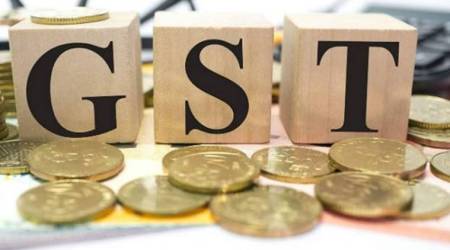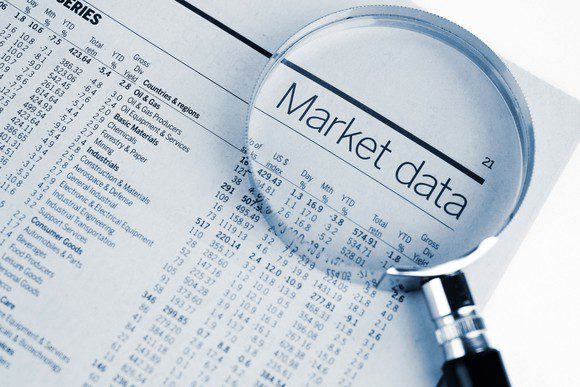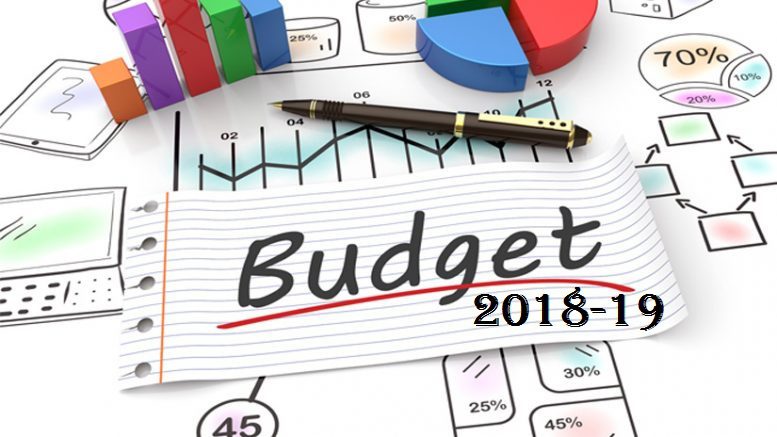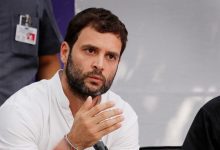The past financial year was marked by the great disruption of the introduction of the goods and services tax (GST), a change which not just affected government revenues but the operation of much of the private sector. However, in late January 2018, global crude oil prices rallied to over $65 a barrel, which has implications for both the fiscal and current account deficits. The government’s decision to relax its plans for fiscal consolidation is a sign of macro concerns returning to the forefront, reasons Navodita, our Associate Editor, exclusively for Different Truths.
The new financial year ushers in a sense of renewed hope and optimism. With lots happening on the political front in the coming year, it is likely to affect the budget next year. Before that, let’s take a quick look at what the year has gone by reveals about the state of the Indian economy.
The past financial year was marked by the great disruption of the introduction of the goods and services tax (GST), a change which not just affected government revenues but the operation of much of the private sector. Teething troubles aside, it seems clear that the introduction of the GST has not only been  successful, at least in terms of achieving the targeted revenue but has also remained non-inflationary, contrary to apprehensions. In fact, inflation was lower than expected for much of 2017-18, although there have been signs towards the end of the financial year that inflationary pressures are again building up. This lends a little more uncertainty than previously understood to macroeconomic indicators. In late January 2018, global crude oil prices rallied to over $65 a barrel, which has implications for both the fiscal and current account deficits. The government’s decision to relax its plans for fiscal consolidation is a sign of macro concerns returning to the forefront.
successful, at least in terms of achieving the targeted revenue but has also remained non-inflationary, contrary to apprehensions. In fact, inflation was lower than expected for much of 2017-18, although there have been signs towards the end of the financial year that inflationary pressures are again building up. This lends a little more uncertainty than previously understood to macroeconomic indicators. In late January 2018, global crude oil prices rallied to over $65 a barrel, which has implications for both the fiscal and current account deficits. The government’s decision to relax its plans for fiscal consolidation is a sign of macro concerns returning to the forefront.
Partly as a consequence of a flood of government and quasi-government paper, the bond markets turned bearish in the second half of 2017-18. The headline yield on 10-year government securities rose sharply for much of the year – the longest such ride in decades. The government has now restored some stability to the bond market by reworking its borrowing schedule. But the underlying drivers of this bond rout remain in place. Medium and long-term gilt funds thus suffered in 2017-18, and there is no certainty that they will perform better in the new financial year. Money, especially from retail investors, continued to flow into systematic investment plans, or SIPs, in spite of their poor performance in the past year.
Does this reflect a good year for the equity markets? The Nifty gained almost 12 percent over the year. Yet, there are concerns that the market is now too expensive, inspite of a correction of about 10 percent towards the end of 2017-18. Recently, the RBI’s bi-monthly monetary policy statement ends up sending mixed messages as its outlook for inflation and assessment of the factors contributing to price gains are at variance. Although corporate earnings have continued to underperform expectations, realty stocks have done well. Real estate as consumer investment continued to be bedeviled by regulatory and other  concerns in spite of the introduction of a new law governing the sector. It is clear that a search for reliable investment vehicles continues. While the government has sought to channel more household savings into the formal economy, there do not appear to be enough destination instruments. Partly, this reflects a lack of bankable projects. Although both credit growth and investments are up over 2016-17, the former is still anaemic and the latter is driven largely by government spending. Most importantly, the continuing mess in the banking sector sets an effective ceiling for credit growth. After the PNB fraud, one needs to awaken to the real situation of public sector banks and realize that this is a sector that needs reforms outright.
concerns in spite of the introduction of a new law governing the sector. It is clear that a search for reliable investment vehicles continues. While the government has sought to channel more household savings into the formal economy, there do not appear to be enough destination instruments. Partly, this reflects a lack of bankable projects. Although both credit growth and investments are up over 2016-17, the former is still anaemic and the latter is driven largely by government spending. Most importantly, the continuing mess in the banking sector sets an effective ceiling for credit growth. After the PNB fraud, one needs to awaken to the real situation of public sector banks and realize that this is a sector that needs reforms outright.
Certainly, the worst is over, and growth has returned to the Indian economy. But there is still too much uncertainty for a revival of private investment. Uncertainty in the markets reflects broader uncertainty about the state of the Indian economy, with indicators pushing in different directions and with several possible causes of economic instability on the horizon- political scenario being one.
With the May elections in Karnataka, decisions will be made politically and financially. If the Congress emerges stronger, then there will be a huge challenge before the Central government and it will shy away  from taking decisions that have a very long-term impact. If in Karnataka it is the BJP that emerges a winner, then we can hope to see a reform in the banking sector. Politically, too, this financial year doesn’t seem very smooth. It is in this year that Modi’s ambitious healthcare initiative will take off. Through this, he has aimed to reach out to at least 5 crore citizens in need of a health insurance plan. The policy will show results before the elections are held in May. There were few other changes made in the Union Budget, for example, the defence allocation being the lowest since 1962, which irked the defence forces. But the defence budget as a part of the GDP has actually been shrinking across the world. This is also an indicator that the economy is growing as it is observed that as an economy grows, the proportion of its defence expenditure as compared to its overall size is bound to fall. This pattern is followed in most of the countries; even though it is criticised by some.
from taking decisions that have a very long-term impact. If in Karnataka it is the BJP that emerges a winner, then we can hope to see a reform in the banking sector. Politically, too, this financial year doesn’t seem very smooth. It is in this year that Modi’s ambitious healthcare initiative will take off. Through this, he has aimed to reach out to at least 5 crore citizens in need of a health insurance plan. The policy will show results before the elections are held in May. There were few other changes made in the Union Budget, for example, the defence allocation being the lowest since 1962, which irked the defence forces. But the defence budget as a part of the GDP has actually been shrinking across the world. This is also an indicator that the economy is growing as it is observed that as an economy grows, the proportion of its defence expenditure as compared to its overall size is bound to fall. This pattern is followed in most of the countries; even though it is criticised by some.
Overall, the country needs to take stock of its situation and what has been spelled out in the budget will dictate the political outcome this year for the BJP in the forthcoming polls. The results will really tell whether good economics is good politics at all?
©Navodita Pande
Photos from the Internet
#FinancialYear #IndiaFinance #GST #StockMarket #IndianEconomy #GovernmentAndEconomyOfIndia #BudgetOfIndia #Aamonomics #DifferentTruths







 By
By

 By
By
 By
By